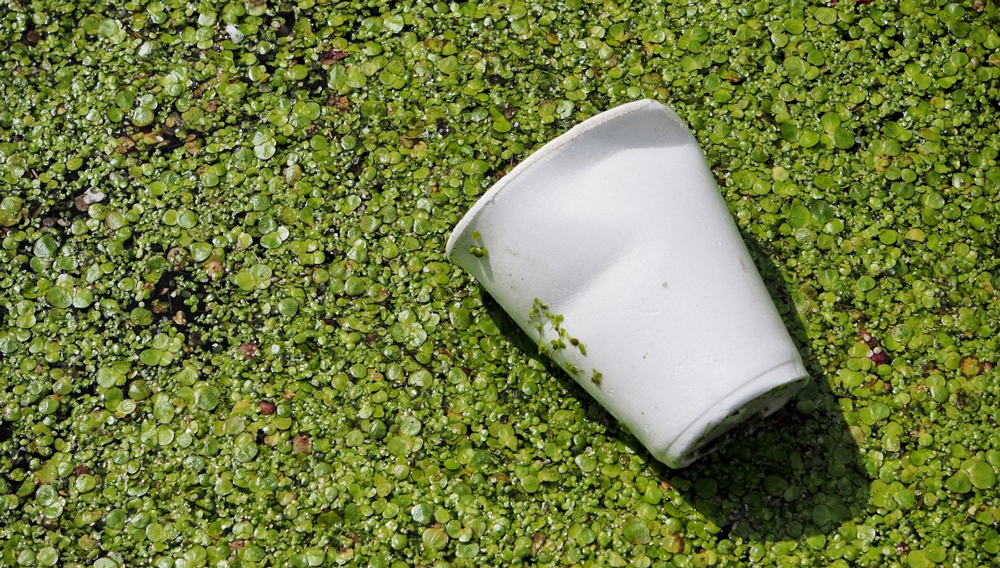 Time:2024-11-11
Time:2024-11-11
 Source:青绿环境
Source:青绿环境
With the acceleration of urbanization and population growth, waste management has become one of the urgent issues to be addressed globally. Waste sorting, as an effective way of recycling resources, not only reduces environmental pollution but also promotes sustainable development.

I. The Importance of Waste Sorting
Firstly, waste sorting helps to increase the reuse rate of resources. Many waste materials, especially recyclables such as paper, plastic bottles, and metal cans, can be reprocessed and utilized if correctly sorted, thereby saving natural resources and reducing the environmental impact of mining activities. Secondly, waste sorting helps to alleviate the pressure on landfills. Wet waste mixed with other waste makes other waste wet as well, increasing the difficulty of waste management and accelerating the saturation rate of landfills. Lastly, waste sorting can also reduce greenhouse gas emissions. Organic waste produces greenhouse gases such as methane during decomposition, and proper sorting can transform these organic materials into fertilizers through composting, reducing greenhouse gas emissions and increasing soil fertility.
II. Specific Implementation Methods
1. Public Education and Propaganda: Governments and related institutions should strengthen environmental awareness education for the public, popularize knowledge of waste sorting, and make everyone realize the importance of their actions for environmental protection.
2. Setting Standards: Clearly define the types of waste and their disposal requirements, such as kitchen waste, recyclables, hazardous waste, and other waste categories, and establish a unified identification system for easy recognition.
3. Infrastructure Construction: Set up a sufficient number of waste bins or recycling stations in communities that are reasonably distributed, ensuring that residents can conveniently dispose of waste according to sorting requirements.
4. Supervision and Enforcement: Establish an effective regulatory mechanism, regularly inspect the status of waste sorting, impose corresponding penalties for non-compliance, and also encourage individuals or units that perform well.
5. Technological Innovation: Optimize the waste collection and transportation process using modern technological means, such as using waste sorting equipment to improve recycling efficiency.
III. Challenges Faced
Despite the many benefits of waste sorting, there are still many difficulties in the actual operation. The first is the issue of cost, with significant initial investment, including infrastructure construction and maintenance expenses; the second is the difficulty in forming habits, as many people lack the motivation to persist in the long term; in addition, some areas, due to economic development constraints, find it hard to fully implement high-standard waste sorting systems.
In summary, promoting waste sorting is a systematic project that requires government guidance and the joint efforts of all sectors of society to achieve good results. With continuous and unremitting efforts, we believe that our living environment will become better in the future.













 Prev
Prev











